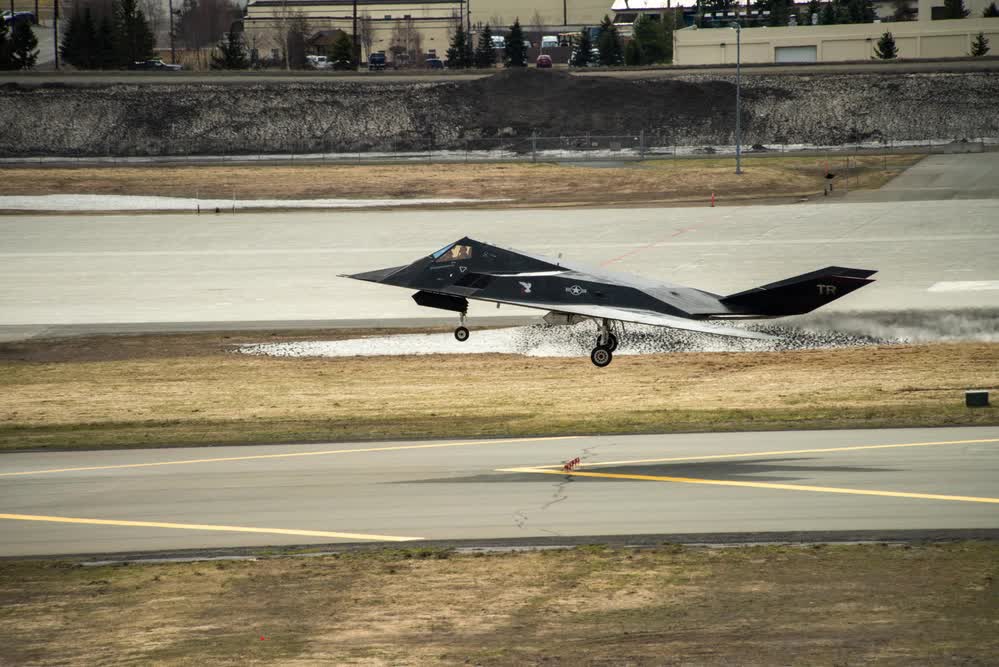Navy offers record-high bonus for recruits who pursue nuclear jobs
- By Military.com
Share This Article
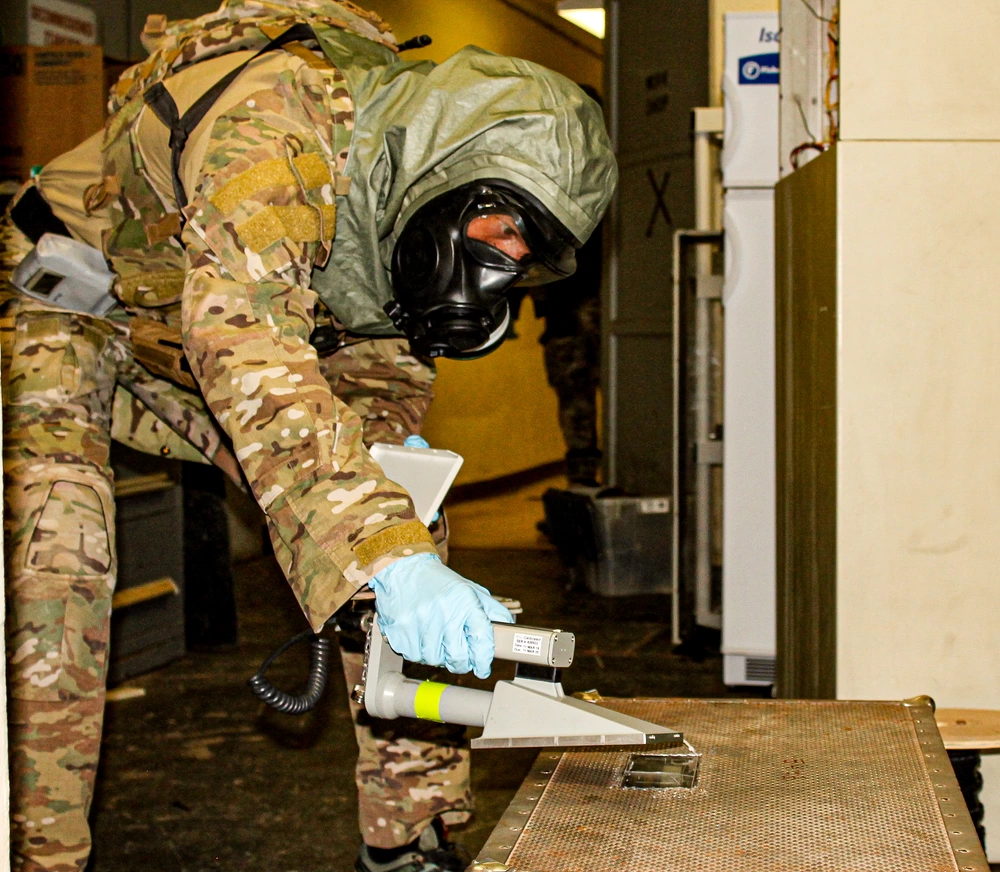
Read the original article on Military.com. Follow Military.com on Twitter.
The U.S. Navy is offering a maximum $75,000 enlistment bonus — up from $50,000 last year — for new recruits pursuing select nuclear rates in an effort to draw them away from civilian employers.
The record-high bonus was announced last week by the Navy Recruiting Command as part of the Enlistment Incentives program. The announcement follows a year of recruitment struggles, with the Navy meeting its 2022 enlisted active recruiting goal by just 42 sailors and falling short in reserve enlisted and active and reserve office recruiting.
“The Navy is experiencing a very challenging recruiting environment, competing against private sector organizations and other branches of the armed forces,” said Lt. Cmdr. Richard Parker, spokesperson for Navy Recruiting Command. “We recognize that potential recruits bring value and desirable skills to the job market, and we want to offer attractive incentives for choosing a career in the Navy.”
The bonus will apply to future sailors pursuing one of three rates: electronics technician nuclear, machinist’s make nuclear and electrician’s mate nuclear. Future nuclear sailors are eligible to receive $50,000 upon completion of A or C school, plus a $25,000 shipping bonus. Bonuses can be paid in one or multiple installments.
Related: This is the history behind the ‘other’ flag patch on Navy uniforms
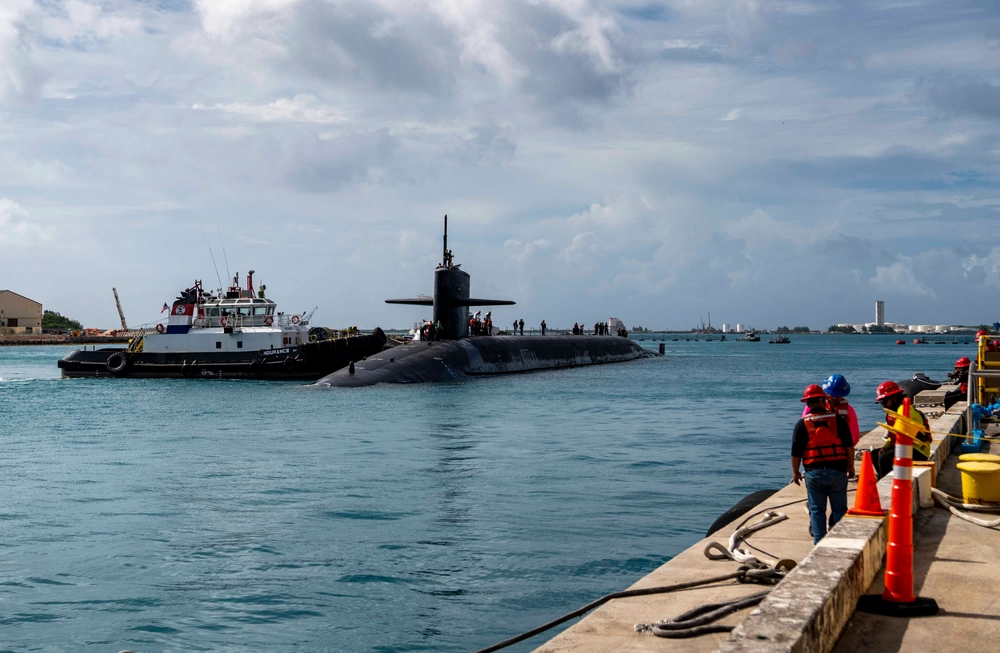
While the Navy is increasingly nuclear — with more than 60 nuclear-powered vessels across the fleet — recruits in the nuclear power ratings traditionally make up less than 10% of new sailors who join the service each year.
“The Navy places a high degree of value on nuclear power ratings, as those who have the unique skills to excel in these fields are in high demand,” Parker said.
Nuclear electronics technicians operate and perform maintenance on the electronic systems that make a nuclear reactor on Navy ships run. Nuclear machinist’s mates operate and maintain steam turbines and reduction gears used for nuclear ship propulsion and auxiliary machinery such as turbogenerators, pumps and oil purifiers. Nuclear electrician’s mates are responsible for the operation of a ship’s electrical power generation systems, lighting systems, electrical equipment and electrical appliances.
To qualify for the Navy’s Nuclear Power Program, recruits must score higher than 252 on the Armed Services Vocational Aptitude Battery.
“This is a higher qualifying score for any job in the military — not just the Navy. As a measure of comparison, to qualify as a hospital corpsman, the minimum score is 156,” Parker said.
Understanding nuclear power requires strong skills in math and science, such as physics and chemistry, and patience. Nuclear recruits are typically required to fulfil a six-year enlistment, two of which are spent training.
“The curriculum is intense, focusing on nuclear physics and reactor engineering,” Parker said.
Related: Part-time service could be the Coast Guard’s future, commandant says
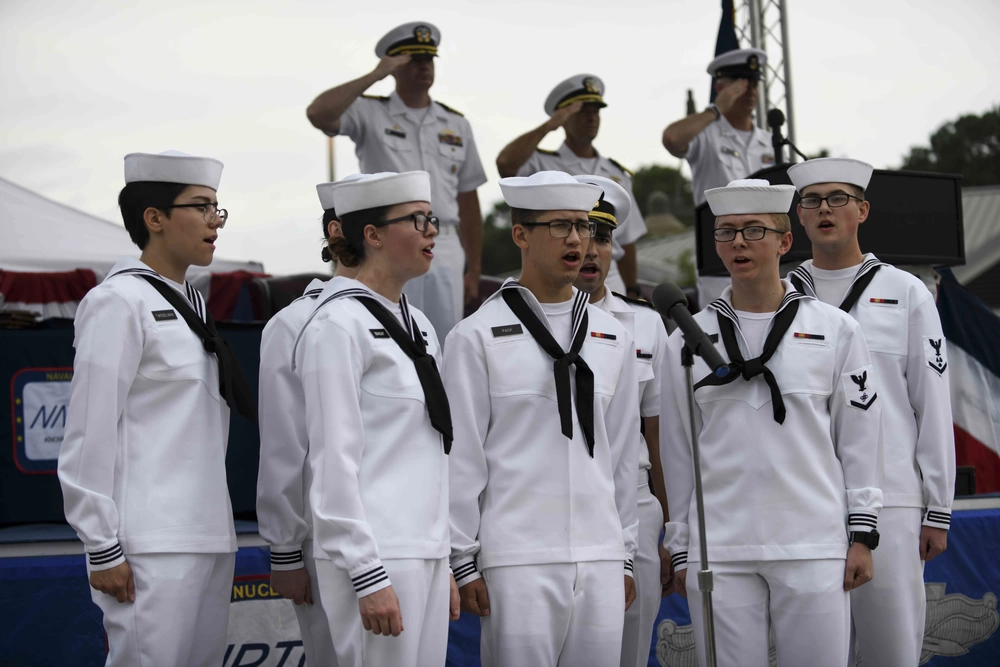
Once a recruit completes basic training, they are sent to the Navy’s Nuclear Power School in Charleston, South Carolina, to learn the basics of nuclear power plants and related equipment. Students who complete training at Nuclear Power School will move on for additional job-specific training.
But $75,000 is not guaranteed to every future sailor interested in the Navy’s nuclear program. Eligibility for bonuses is determined when an applicant enters the Delayed Entry Program (DEP), based on the date they ship out for basic training, and the classification assigned by the recruit’s Military Entrance Processing Station.
According to the Enlistment Incentives program update, future sailors who joined the Navy’s Delayed Entry Program after June 18 must ship to boot camp by Sept. 30 — the end of Fiscal Year 2023 — to qualify for the maximum bonus.
The $75,000 bonus can also be combined with a $65,000 student loan repayment program offered by the Navy.
“They are not mutually exclusive, so if a Future Sailor maximizes both, that respectively adds up to a life-altering $140,000, and the opportunity to serve in the world’s finest Navy,” said Walker, commander Navy Recruiting command, in a Navy release.
Meanwhile, other high-demand ratings are being offered the following enlistment bonuses, which can be combined with the $25,000 shipping bonus:
• Air rescue swimmer — $15,000
• Cryptologic technician interpretive — $15,000
• Cryptologic technician networks — $5,000
• Explosive ordnance — $15,000
• Hospital corpsman — $15,000
• Information systems technician submarines — $15,000
• Machinist’s mate submarines — $10,000
• Missile technician — $5,000
• Special warfare boat operator — $15,000
• Sub-electronics computer field — $15,000
The Navy has until Sept. 30 to meet its recruitment goal of 37,700 new enlisted active members. An estimate of how close the Navy is to meeting that goal is not yet available, Parker said. The final numbers will not be processed until the end of the fiscal year.
Feature Image: An explosive ordnance disposal (EOD) technician assigned to EOD Mobile Unit Eleven conducts radiological search procedures at a training bunker onboard Naval Base Point Loma as part of training administered through EOD Training and Evaluation Unit One. Navy EOD technicians are uniquely qualified to detect, identify, exploit, and eliminate chemical, biological, radiological, nuclear and explosive weapons in support of conventional and special operations forces. (U.S. Navy photo by Lt. Cmdr. Kara Handley/released)
Read more from Sandboxx News
- Russian military is using suicide tanks to stop Ukraine’s counteroffensive
- Why did Colt produce the M5 family of rifles?
- Today’s Artificial Intelligence isn’t quite what you think (but it’s still crazy)
- How will the war in Ukraine end and what about Crimea?
- With an eye to Russia, US sends 100 aircraft for NATO’s biggest air exercise ever
Military.com
Related to: Breaking News

The night when police and Delta Force men patrolled the streets of New Orleans
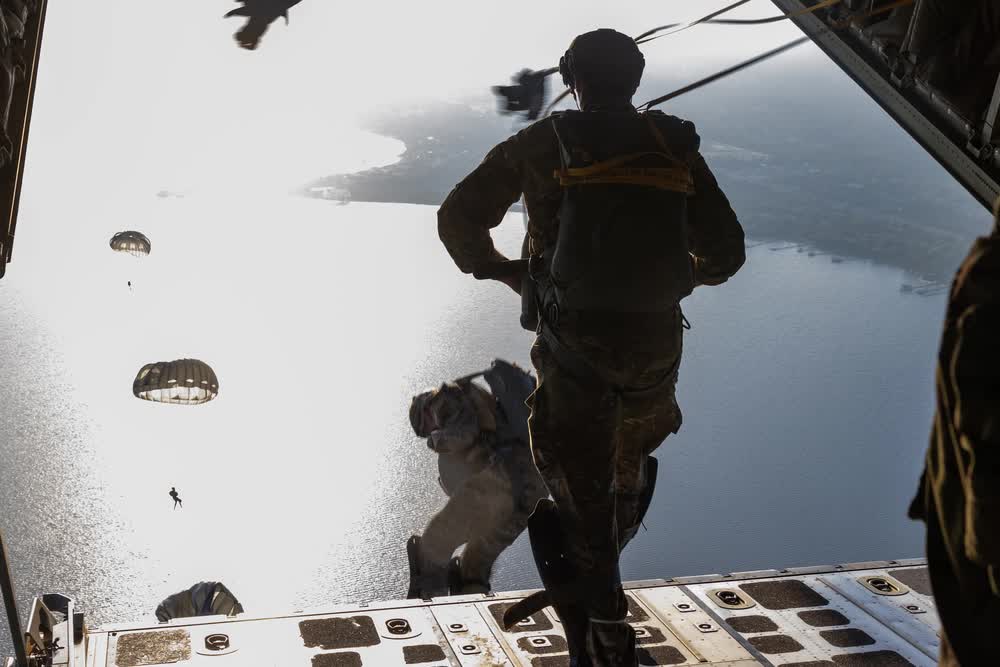
A primer on Air Force special operations jobs for officers

Drones swarmed a military base for days and the Pentagon still doesn’t know why
